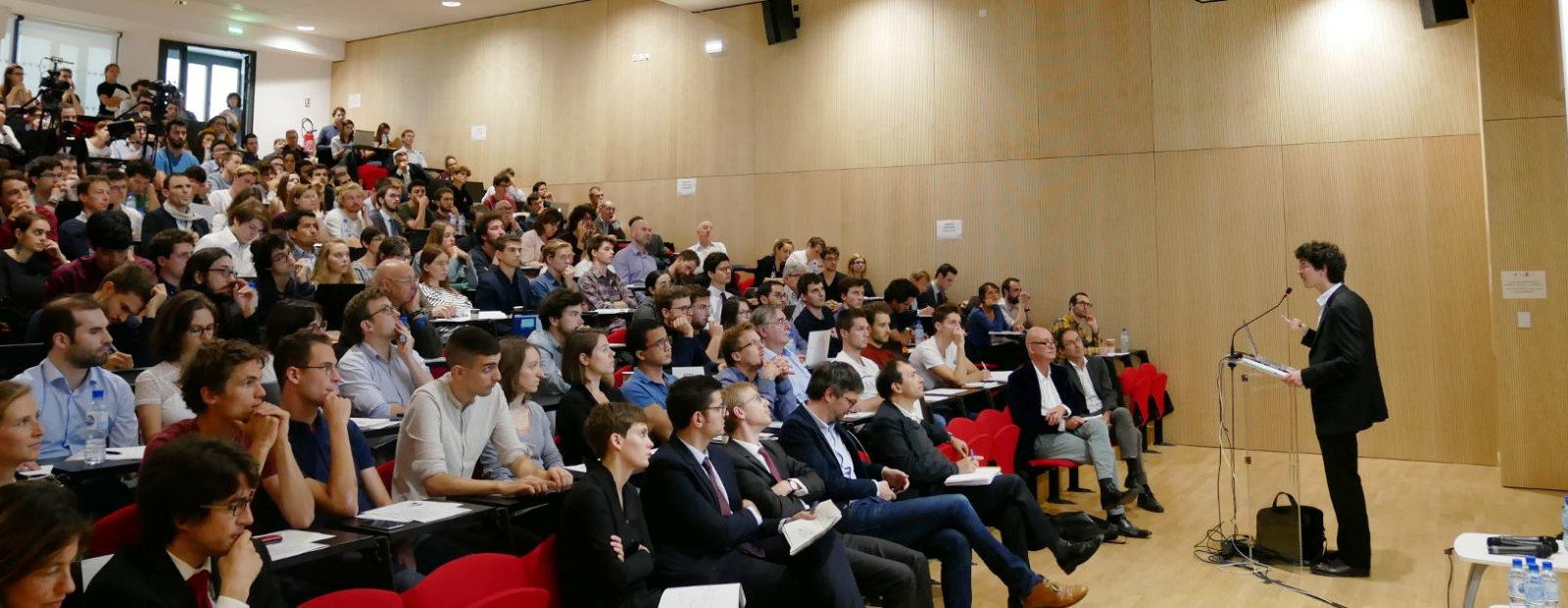Published in
- Senior Researcher
- Co-Head of the Labour and Employment Division
- CNRS
- Institut des politiques publiques
- Member of the Institute of Public Policies
Research groups
- Associate researcher at the Education Policy and Social Mobility Chair.
Research themes
- Education
- Labour Markets
- Public policy
- Social protection
- Work organization and employment relations
Contact
Address :48 Boulevard Jourdan,
75014 Paris, France
Campus:
Campus Jourdan
Floor: 3
Office: 58
Publications HAL
-
L’index de l’égalité professionnelle offre-t-il un panorama fidèle des écarts de rémunération entre les femmes et les hommes ? Journal articleJournal: La Revue de l'IRES
-
The Double-Edged Sword of Role Models: A Systematic Narrative Review of the Unintended Effects of Role Model Interventions on Support for the Status Quo Journal articleJournal: Review of Research in Education
Published in
-
Does Feasibility Explain the Unequal Development of Working From Home? Pre-print, Working paper
Published in
-
Gouverner. Un enjeu essentiel BooksAuthor: Fanny Henriet, Philippe Askenazy, Thomas Renault Editor: Odile Jacob
Published in
-
Early Gendered Performance Gaps in Math: An Investigation on French Data Pre-print, Working paper
Published in

